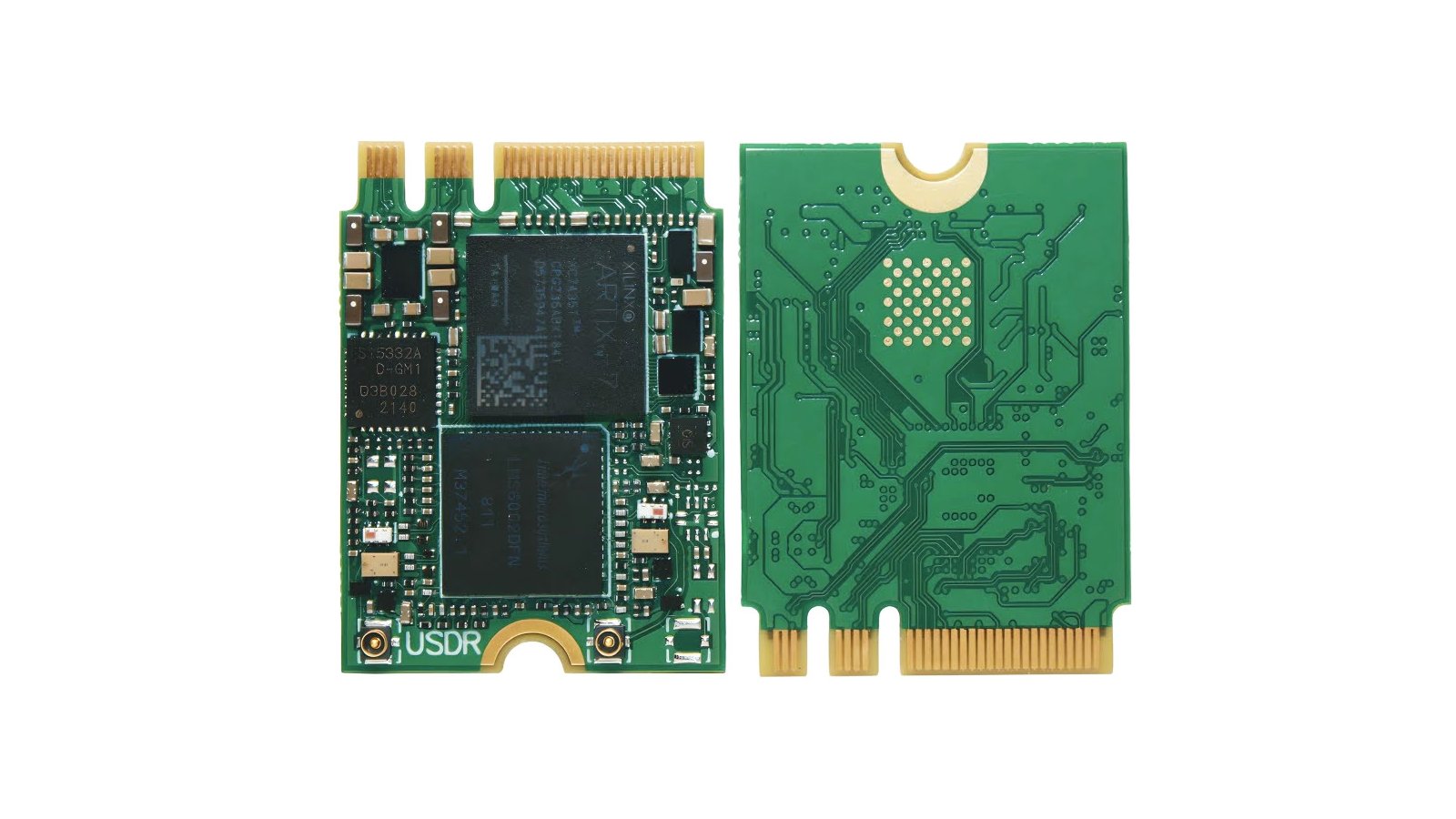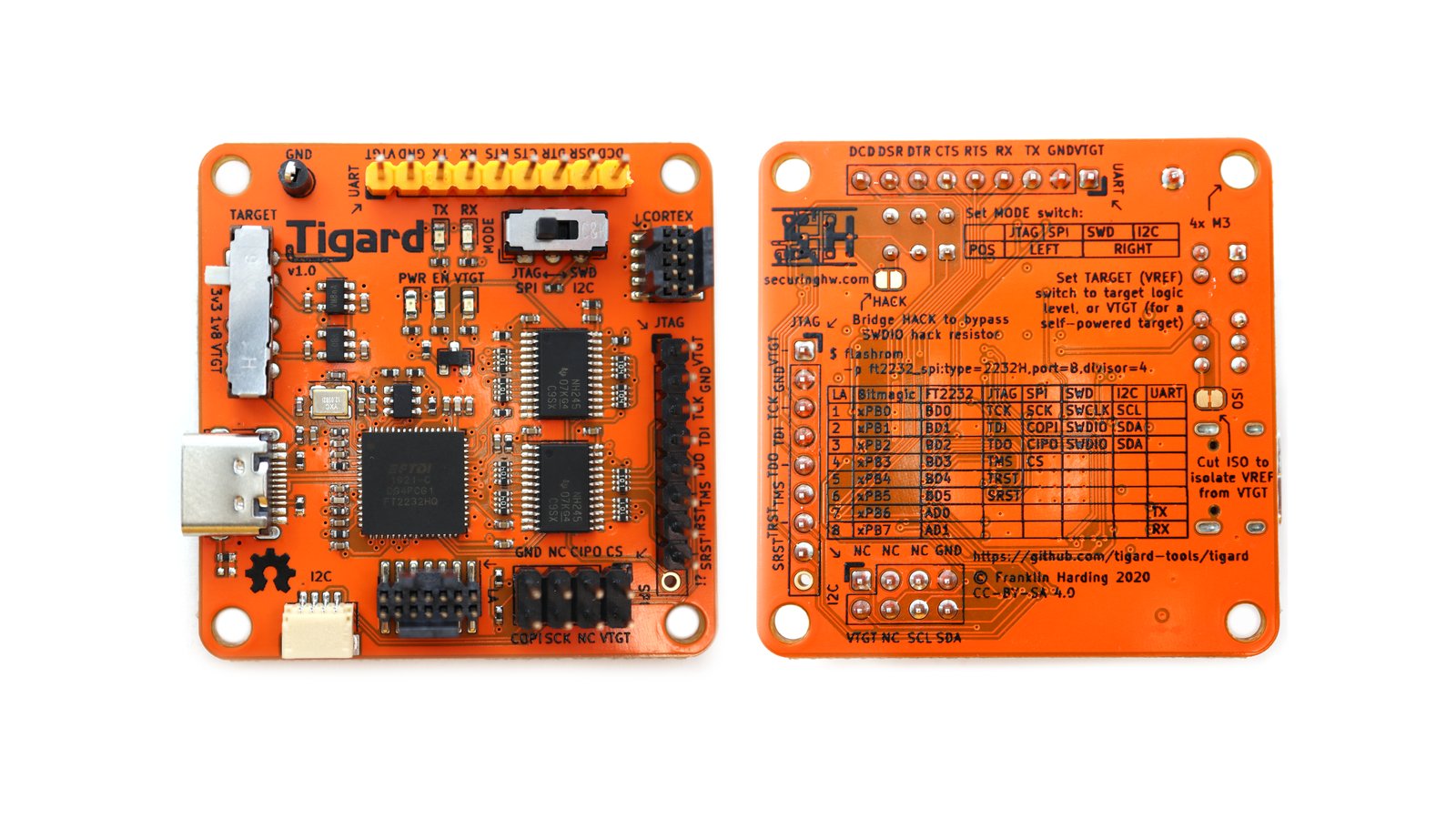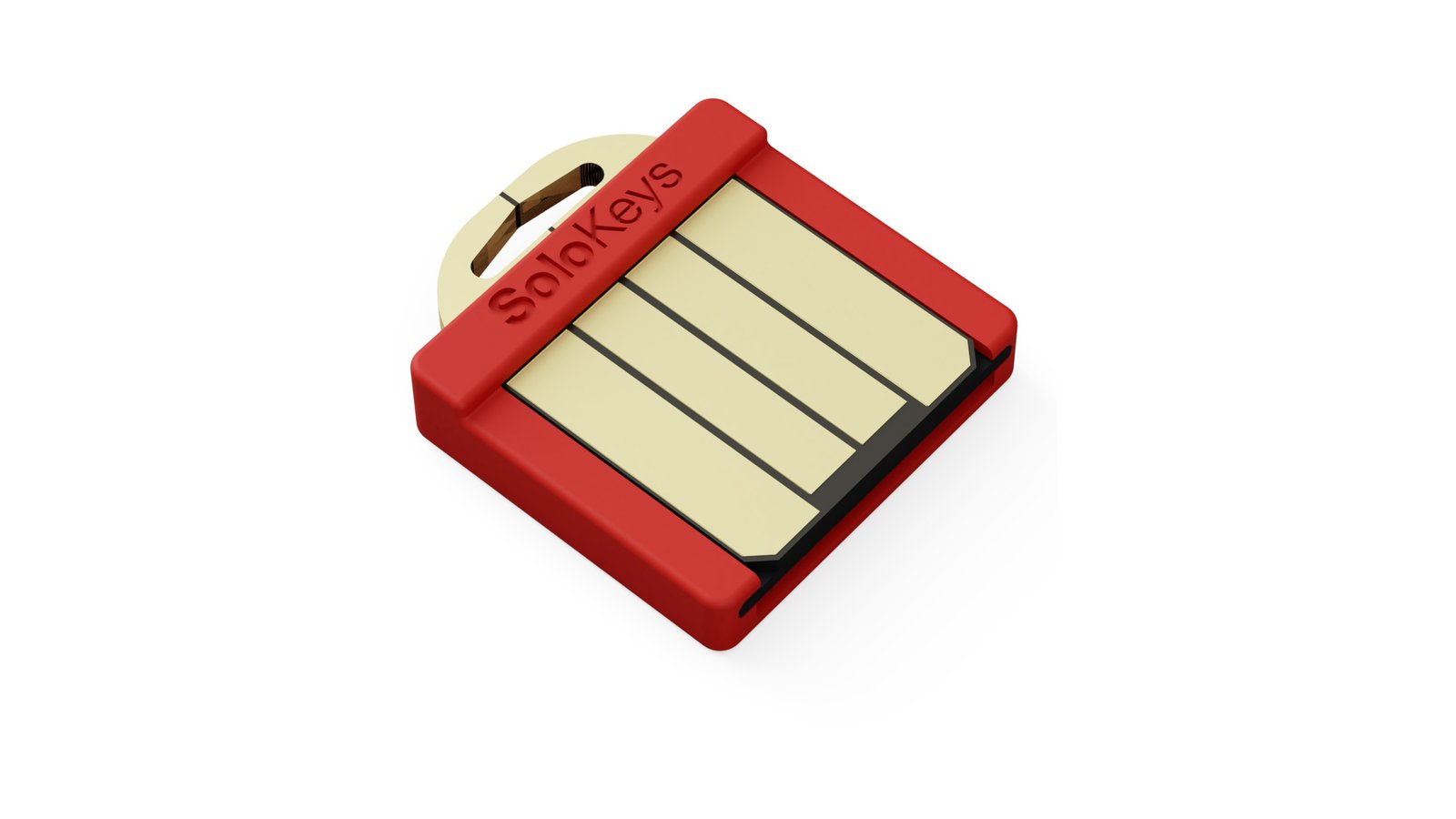Operating over the 915 MHz, license-free Industrial, Scientific and Medical (ISM) bands, LoMesh leverages the spread-spectrum modulation of LoRa® to achieve reliable, long-range, high-sensitivity communication—over a multi-hop mesh—even when faced with significant RF or physical interference. You can use basic AT commands or a MODBUS register map to configure and control its complete wireless mesh stack. This combination of simplicity and flexibility is key to reducing development and deployment times for projects that depend on robust communication in harsh environments.
LoMesh’s modem—which, thanks to its RS485 interface, can talk to any device with a serial port—will arrive factory-provisioned for guaranteed out-of-the-box connectivity but with full support for custom configurations. Whether you are designing an Internet of Things (IoT) product, constructing a smart home, rolling out a sensor network, developing a building-automation solution, or just trying to make your machines talk to one another (and to the SCADA systems that manage them), LoMesh will help you avoid many of the usual pitfalls.
RF communication in industrial environments can be quite challenging. Noise-generating equipment and obstructions like metal machinery limit the range of RF signals, which makes communication unreliable. That, in turn, has led to to the proliferation of overpriced solutions that attempt to compensate for interference through the over-provisioning of costly hardware such as GSM gateways.
With its high penetration power and multi-path immunity, the best-in-class LoRa® modulation of LoMesh’s physical signaling layer has proven itself to be a more cost-effective way to overcome these same challenges. At the end of the day, LoRa® signals just travel further than those of alternative technologies—like sub-gig Zigbee, BLE, and other modulation techniques such as GFSK—without deteriorating into noise.
LoRa® itself is just a physical signaling layer and not a complete communication stack. LoRaWAN™ is the industry standard that implements a star network over LoRa®. Unfortunately, star networks do not allow for packet hopping and end-point devices must connect directly to a gateway. If one cannot do so reliably, other LoRa® devices have no way to help the device in question, so the only solution is to add more gateways.
By implementing a self-forming, self-healing, multi-hop mesh stack over LoRa®, LoMesh allows nodes to help route data packets between devices that would otherwise be outside of one another’s RF range. In this way, data can be routed from all devices to a central node, which can then pass it along to a gateway for local or cloud-based processing.
Users of LoMesh do not need to be wireless networking engineers, nor do they require expertise in LoRa® or mesh routing. With just a basic idea of how machine-to-machine communication works, users can quickly configure their radios using serial AT commands or by way of the MODBUS RTU protocol. A host-like a PLC can be connected to LoMesh, over RS485, and can send custom data to other devices in the network via simple serial communication.
Every telemetry system has a "sink node" that collects data from the various end-point nodes. For most technologies, this needs to be determined when the system is designed—or, at best, when a particular deployment is configured. For example, every node in a Wi-Fi network must be told where it can find the access point. LoMesh, by contrast, includes support for a dynamically-determined sink node. At any given time, any one node in the system can ask all of the other nodes to send it all data meant for the sink. This opens up a number of new possibilities, none of which requires on-the-fly reconfiguration. Examples include:
| LoMesh | Smart Spectrum SRM6030 | Teledesign Systems TS4000 | |
|---|---|---|---|
| Modulation Type | LoRa® | FHSS GFSK | GMSK |
| Network Topology | Mesh | Point-to-point & point-to-multipoint | Store and Forward |
| Controller/Peripheral System | No. Distributed mesh | Yes | No |
| Serial Link | RS485 | RS232/RS485 | TTL, RS232, or RS485 (with adapter) |
| Data Rate | 13.76 kbps at SF 7 | 115.2 kbps | 19.2 kbps |
| Repeater Mode | In field via GPIO | Via configuration software | Via configuration software |
| Receiver Sensitivity | -120 dBm at SF 8 | -108 dBm | -103 dBm |
| Multi-path Interference Handling | Good | Fair | Fair |
| Nominal Power | .45 W | 7.2 W | 3 W typical power |
| Power Supply Range | 4.5 V to 30 V DC | 10 V to 28 V DC | 11 V to 28 V |
The LoMesh documentation currently includes a user manual, a list of MODBUS registers, and an AT command set. Our GitHub repo includes source code for the module, and open source Windows applications that allow you to issue AT commands and configure MODBUS. You can also reach us through the Ask a technical question form on our campaign page.
LoMesh fabrication and assembly will be handled by AllPCB in China. They will also test the boards in accordance with a plan we are developing. We have worked with AllPCB in the past—including on LoMesh prototypes—and are confident that manufacturing will go smoothly.
To avoid violating the RF-spectrum policies of various national regulatory bodies around the world, we will only be able to ship LoMesh within the United States. When it comes time to do so, we will ship all crowdfunded products to Mouser Electronics, from which they will be distributed to backers. See Crowd Supply’s article on Ordering, Paying, Shipping: The Details for more information.
The greatest risk we have faced so far has had to do with certification. Our radio is certified for intentional radiation in the US market, but it is not yet certified in Canada, for example, and we do not currently see a path to certification in Europe. Past experience in this area has made us wary, so we are looking very closely at unintentional radiation requirements in the US while simultaneously exploring the possibility for (eventual) certification in Europe and elsewhere. By way of mitigation, we have identified a number of components on the LoMesh board that we can modify, if necessary, to address any intentional radiation issues that might come up.
Beyond that, we face the same availability risks as any other manufacturing project. Low in-stock quantities and long lead times are always a possibility, though we have already begun working with vendors to reduce the likelihood of parts-related delays.
LoRa® and LoRaWAN™ are trademarks of Semtech Corporation or its subsidiaries.
"Developers and makers interested in designing and building LoRa projects may be interested in a new piece of hardware aptly named the LoMesh"
"Con una combinación de simpleza y efectividad en su control, este módem LoRa con capacidad Mesh facilita actualizaciones inalámbricas del firmware."
Produced by Sramrajkar in Ottawa, Canada.
Sold and shipped by Crowd Supply.

A LoMesh DIN-rail module with an enclosure and an SMA antenna

Two LoMesh DIN-rail modules, each with an enclosure and an SMA antenna

Three LoMesh DIN-rail modules, each with an enclosure and an SMA antenna

Samuel Ramrajkar is an embedded engineer with industrial IoT experience who works with multicore SoCs in the automotive world.

A tiny, single-sided M.2 SDR board that you can operate easily using your web browser

An open source FT2232H-based, multi-protocol, multi-voltage tool for hardware hacking

A tiny FIDO2 security key for two-factor authentication and passwordless login